The following contribution is from another author.
When it comes to shaping the look and feel of a space, the future of interior design is increasingly being defined from the ground up. Literally. Flooring and rugs, once considered purely functional elements, have evolved into bold style statements that anchor a room’s personality. As designers and homeowners turn to more expressive, sustainable, and smart options, the foundation of a room is finally getting the attention it deserves.
Flooring as a Design Statement
Gone are the days when flooring was an afterthought. In modern interior design, what’s beneath your feet often sets the tone for everything else in the room. Whether it’s rich hardwood, polished concrete, statement tiles, or woven textures, floors are being selected with as much care as wall colors or furnishings. The rise of open-plan living has further fueled the trend, making it crucial for flooring to provide visual continuity across zones, while still allowing for subtle distinction between spaces.
Materials are shifting too. Designers are leaning into eco-friendly options like bamboo, cork, and reclaimed wood, embracing the natural imperfections and sustainability stories behind them. Meanwhile, innovations in vinyl and laminate have made it easier to achieve luxury looks on a budget, allowing more homeowners to experiment with modern, artistic designs.
Layering with Purpose
In the future of interiors, it’s not just about the floor—it’s about what you layer on top of it. Area rugs are emerging as key components in expressing style, bringing warmth, texture, and definition to rooms. A well-placed rug can pull together disparate design elements, introduce a bold pop of color, or create a sense of intimacy in larger, open-plan homes.
As more people aim to personalize their living spaces, rugs are being used not just to complement interiors but to contrast them. For example, in a minimalist space dominated by cool neutrals and sleek surfaces, a vibrant, patterned rug can provide the perfect touch of character. Likewise, vintage-style rugs can add history and softness to ultra-modern rooms, helping to strike that balance between clean lines and lived-in comfort.
To discover pieces that match evolving tastes, many are choosing to explore our modern area rug range, selecting designs that suit both changing trends and timeless appeal.
Smart and Adaptive Choices
Technology is also beginning to influence flooring choices. Heated floors, smart carpeting, and anti-allergen treatments are becoming more common, turning functional surfaces into smart home assets. Especially in colder climates, underfloor heating isn’t just a luxury—it’s a smart, energy-efficient choice that complements the increasing push toward sustainability.
Rugs too are adapting, with new fibers that resist stains, endure high-traffic areas, and even repel pet hair. These innovations allow style-conscious consumers to enjoy form and function without compromise. As families look for designs that can keep up with their lives, the practicality of flooring is taking center stage.
The Return of Texture
While color continues to play a major role in design, texture is becoming equally important. In both flooring and rugs, we’re seeing a return to tactile richness: soft shag piles, natural sisal, and hand-woven wool all offer a sensory experience that hard surfaces alone can’t provide. Even in minimalist homes, layered textures can add depth and visual interest without overwhelming a space.
This movement toward texture also supports the broader shift toward “slow interiors”—a design philosophy that emphasizes quality, craftsmanship, and long-term enjoyment over fleeting trends. As consumers become more intentional in their purchases, floor coverings are chosen for their feel as much as their look.
Conclusion: The Foundation of the Future
Interior design’s future isn’t just happening on walls or through furnishings—it’s being laid at your feet. By reimagining what goes underfoot, today’s designers and homeowners are crafting spaces that are more expressive, more practical, and more reflective of personal identity. As materials become more sustainable, technology more integrated, and textures more luxurious, it’s clear that the real future of interiors begins exactly where you step.

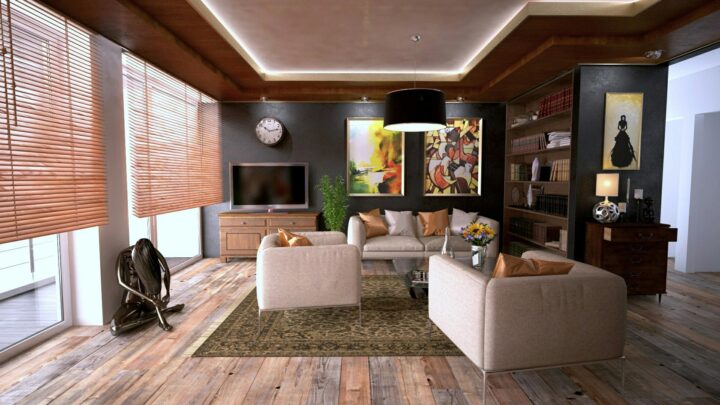
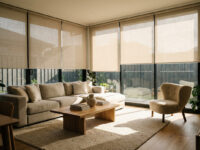
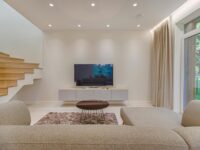
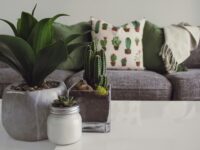
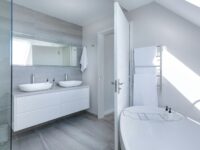











Interesting article! The focus on flooring as a foundational design element is spot on. It’s like choosing your starting quarterback in Retro Bowl – a crucial decision that sets the stage for success. Eco-friendly options and smart tech integration are definitely shaping the future of interiors. Considering how much we interact with our floors, this evolution makes perfect sense.